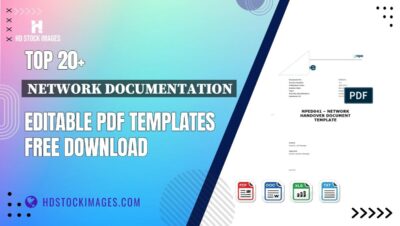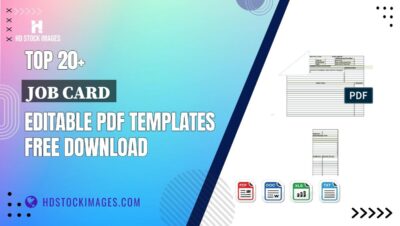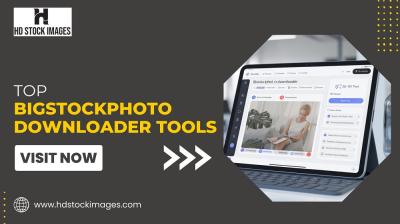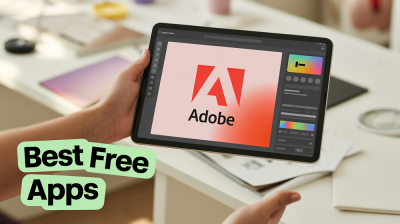- Alibaba.com: A platform connecting global suppliers and buyers, offering a vast array of products.
- AliExpress: Geared towards individual consumers, providing access to a wide variety of products at competitive prices.
- Alibaba Cloud: A cloud computing service, empowering businesses with scalable and secure solutions.
Choosing Profitable Products
When embarking on the Resale Revolution, selecting the right products is a critical step for success. Here's a comprehensive guide to help you choose profitable products from Alibaba for resale on Amazon.1. Market Research and Trends:
- Start by conducting thorough market research to identify trending products. Look for items with consistent demand and a growing customer base.
- Consider using tools like Google Trends, Amazon Best Sellers, and Alibaba's own product trend analysis to gauge market interest.
2. Niche Selection:
- Specialization: Explore niche markets where competition might be lower, allowing you to establish a unique selling proposition.
- Passion and Knowledge: Choose products aligned with your interests and expertise to enhance your enthusiasm and understanding of the market.
3. Quality Assurance:
- Inspect product quality by requesting samples from potential suppliers. Ensure that the products meet your standards and the expectations of Amazon customers.
- Consider product certifications and compliance with industry standards to avoid issues with authorities and customers.
4. Profit Margin Analysis:
- Calculate the potential profit margins by factoring in product costs, shipping fees, Amazon fees, and other expenses.
- Look for products that offer a balance between high demand and a favorable profit margin.
5. Supplier Evaluation:
- Reliability: Choose suppliers with a track record of reliability. Check supplier ratings, reviews, and response times to assess their commitment to customer satisfaction.
- Communication: Establish clear communication channels with suppliers to avoid misunderstandings and ensure smooth transactions.
Sample Profit Margin Analysis
| Product | Cost per Unit | Selling Price on Amazon | Amazon Fees | Shipping Costs | Profit Margin |
|---|---|---|---|---|---|
| Product A | $10 | $25 | $5 | $3 | 40% |
| Product B | $15 | $40 | $8 | $4 | 35% |
Also Read This: How Many Episodes Are in Bride of Istanbul on YouTube
Navigating Alibaba's Platform
Successfully navigating Alibaba's platform is crucial for anyone looking to engage in the Resale Revolution. Here's a detailed guide on how to efficiently use Alibaba for sourcing products to resell on Amazon.1. Effective Product Search:
- Utilize Alibaba's search filters to narrow down products based on category, price range, and minimum order quantity.
- Experiment with different keywords to discover a variety of products that align with your resale strategy.
2. Supplier Verification and Ratings:
- Trustworthy Suppliers: Prioritize suppliers with a Gold Supplier status, indicating a higher level of trustworthiness.
- Ratings and Reviews: Pay attention to supplier ratings and read customer reviews to assess the reliability and quality of products.
3. Communication Tools:
- Utilize Alibaba's messaging system to communicate directly with suppliers. Clearly communicate your requirements, expectations, and any customization needed.
- Negotiation: Engage in negotiations with suppliers to secure favorable pricing and terms. Be clear about quantity discounts and shipping arrangements.
4. Sample Requests:
- Order Samples: Before committing to bulk orders, request samples to evaluate product quality and ensure it meets your standards.
- Sample Costs: Clarify any costs associated with samples, including shipping fees, to avoid surprises.
5. Transaction Safety and Payment Terms:
- Understand Alibaba's secure payment options, such as Trade Assurance, to protect your transactions.
- Payment Terms: Clearly define payment terms with suppliers, including the method, schedule, and any applicable fees.
6. Shipping and Logistics:
- Shipping Options: Discuss shipping options with suppliers, considering factors like cost, speed, and reliability.
- Be aware of any customs duties or taxes associated with importing products, and factor these into your overall costs.
Alibaba Product Search Filters
| Filter | Options |
|---|---|
| Category | Electronics, Apparel, Machinery, etc. |
| Price Range | $10 - $50, $50 - $100, etc. |
| Minimum Order Quantity | 1 piece, 100 pieces, 1000 pieces, etc. |
Also Read This: GCash Guru: Paying Alibaba with GCash Made Easy
Building a Successful Resale Strategy
Creating a robust resale strategy is essential for maximizing your success when selling Alibaba products on Amazon. Let's explore key elements that contribute to a winning strategy in the Resale Revolution.1. Branding and Differentiation:
- Brand Identity: Develop a unique brand identity that sets your products apart. This can include a distinctive logo, packaging, and messaging.
- Consider what makes your products stand out and how you can communicate these unique selling points to your target audience.
2. Optimized Product Listings:
- Create compelling and keyword-rich product listings on Amazon. Use high-quality images, detailed product descriptions, and relevant keywords to enhance visibility.
- SEO Strategies: Understand and implement Amazon SEO strategies to improve your product rankings and attract more potential buyers.
3. Pricing Strategies:
- Set competitive yet profitable prices for your products. Consider factors such as product costs, Amazon fees, and market demand when determining your pricing strategy.
- Promotions and Discounts: Implement promotional strategies, such as limited-time discounts or bundle deals, to attract customers and drive sales.
4. Customer Engagement:
- Responsive Customer Service: Provide excellent customer service by responding promptly to inquiries, addressing concerns, and ensuring a positive buying experience.
- Encourage customer feedback and reviews to build trust and credibility for your brand.
5. Social Media Marketing:
- Utilize social media platforms to promote your products and engage with your audience. Create content that showcases your products and communicates your brand story.
- Advertising: Consider running targeted ads on platforms like Facebook or Instagram to reach a wider audience.
6. Inventory Management:
- Implement effective inventory management practices to avoid stockouts or overstock situations. Use tools and analytics to track sales trends and adjust your inventory accordingly.
- Seasonal Planning: Plan for seasonal fluctuations in demand to optimize your inventory and capitalize on peak selling periods.
Example Pricing Strategy
| Product | Cost | Desired Profit Margin | Selling Price |
|---|---|---|---|
| Product A | $10 | 40% | $14 |
| Product B | $15 | 35% | $20.25 |
Also Read This: How to Download Dailymotion on Samsung TV
Fulfillment and Shipping
Efficient fulfillment and shipping processes are crucial aspects of the Resale Revolution when dealing with Alibaba products on Amazon. Here's a comprehensive guide to ensure smooth operations and customer satisfaction.1. Amazon FBA vs. Self-Fulfillment:
- Amazon FBA: Consider using Fulfillment by Amazon (FBA) to leverage Amazon's vast fulfillment network. This service handles storage, packing, and shipping, streamlining the process for sellers.
- Alternatively, self-fulfillment gives you more control over the process but requires managing storage and logistics independently.
2. Shipping Costs and Timeframes:
- Calculate shipping costs accurately, factoring in transportation, customs, and Amazon's fulfillment fees. Consider negotiating favorable shipping rates with carriers.
- Delivery Speed: Communicate clear delivery timeframes to customers, and choose shipping options that balance cost and speed based on customer expectations.
3. Packaging Guidelines:
- Adhere to Amazon's packaging guidelines to prevent damage during transit and ensure compliance with their fulfillment centers' requirements.
- Branded Packaging: Consider using branded packaging to enhance the unboxing experience and reinforce your brand identity.
4. Returns and Customer Service:
- Establish a clear and customer-friendly return policy. Utilize Amazon's return system for FBA, or manage returns efficiently if self-fulfilling.
- Customer Communication: Keep customers informed about the status of their orders, including shipping updates and tracking information.
5. Customs and Duties:
- Documentation: Ensure all necessary customs documentation is completed accurately to prevent delays and additional charges.
- Consider hiring a customs broker to navigate complex regulations and facilitate smooth clearance.
Example Shipping Costs Calculation
| Shipping Component | Cost |
|---|---|
| Transportation | $500 |
| Customs Fees | $100 |
| Amazon FBA Fees | $200 |
| Total Shipping Cost | $800 |
Also Read This: Can You Legally Watch Me Before You Full Movie on YouTube
Risks and Challenges
While engaging in the Resale Revolution by selling Alibaba products on Amazon offers immense opportunities, it's essential to be aware of potential risks and challenges. Understanding and mitigating these factors will contribute to a more resilient and successful business venture.1. Quality Control Issues:
- Ensure the quality of Alibaba products meets your standards. Inconsistent quality may lead to negative customer reviews and returns.
- Supplier Due Diligence: Regularly assess and verify your suppliers to maintain a consistent level of product quality.
2. Shipping Delays and Customs Issues:
- International shipping can be prone to delays due to customs procedures, weather, or other unforeseen circumstances.
- Buffer Timeframes: Factor in extra time when communicating delivery estimates to customers to account for potential delays.
3. Market Saturation and Competition:
- Some product categories on Amazon may be highly competitive, making it challenging to stand out among competitors.
- Niche Selection: Focus on niche markets or explore unique product variations to differentiate your offerings and attract a specific customer base.
4. Currency Fluctuations and Financial Risks:
- Dealing with international transactions exposes your business to currency fluctuations, impacting costs and profits.
- Risk Mitigation: Consider hedging strategies or fixed pricing agreements with suppliers to mitigate the impact of currency fluctuations.
5. Intellectual Property and Counterfeit Concerns:
- Protect your business from intellectual property infringement by conducting thorough research on patented or trademarked products.
- Legal Consultation: Seek legal advice to understand and navigate intellectual property laws, ensuring compliance and avoiding legal issues.
- Understand and comply with regulations governing the import and sale of products in your target markets, including safety standards and labeling requirements.
- Continuous Monitoring: Stay informed about changes in regulations that may impact your business and adjust your strategies accordingly.
Risk Mitigation Strategies
| Risk Factor | Mitigation Strategy |
|---|---|
| Quality Control Issues | Regular supplier audits and quality checks |
| Shipping Delays | Build buffer time into delivery estimates |
| Market Saturation | Focus on niche markets and unique product offerings |
Also Read This: How to Watch De Dana Dan Comedy Scenes on Dailymotion
FAQ
Explore the frequently asked questions related to the Resale Revolution and the process of selling Alibaba products on Amazon. If you have additional inquiries, feel free to reach out for further assistance.Q: How do I choose the right products for resale on Amazon?
A: Begin by conducting thorough market research to identify trending products. Consider factors such as demand, competition, and profit margins. The "Choosing Profitable Products" section in this guide provides detailed insights.Q: What is the significance of Alibaba's Gold Supplier status?
A: Alibaba's Gold Supplier status indicates a higher level of trustworthiness for a supplier. It signifies that the supplier has undergone verification and has a reliable track record. When selecting suppliers, prioritizing those with Gold Supplier status is recommended.Q: Is it better to use Amazon FBA or handle fulfillment independently?
A: The choice between Amazon FBA and self-fulfillment depends on your business preferences and needs. Amazon FBA provides convenience by handling storage, packing, and shipping, while self-fulfillment offers more control over the process. Evaluate the pros and cons based on your business model.Q: How can I mitigate the risk of shipping delays?
A: To mitigate shipping delays, factor in extra time when communicating delivery estimates to customers. Additionally, choose reliable shipping options, maintain clear communication with suppliers, and stay informed about potential delays, such as customs procedures or weather conditions.Q: What strategies can I use to differentiate my products on Amazon?
A: To stand out on Amazon, focus on branding, create optimized product listings, implement competitive pricing strategies, and engage in effective marketing, including social media promotion. The "Building a Successful Resale Strategy" section provides detailed insights into these strategies.
Conclusion
Congratulations on reaching the conclusion of our guide on the Resale Revolution: Selling Alibaba Products on Amazon with Ease. Throughout this journey, we've explored the intricacies of leveraging Alibaba's platform for sourcing products and implementing successful resale strategies on Amazon. Here's a brief recap of key takeaways:Resale Revolution Overview:
The Resale Revolution presents exciting opportunities for entrepreneurs to thrive in the e-commerce landscape. By tapping into Alibaba's global platform and strategically selling products on Amazon, businesses can achieve significant success.Key Steps:
From understanding Alibaba and choosing profitable products to navigating the platform, building a resale strategy, and managing fulfillment and shipping, each step plays a crucial role in the overall success of your venture.Risks and Challenges:
Acknowledging and mitigating risks, such as quality control issues, shipping delays, and market saturation, is essential for building a resilient and adaptive business model.Continuous Learning:
The world of e-commerce is dynamic, and staying informed about market trends, regulations, and customer preferences is key to sustained success. Embrace a mindset of continuous learning and adaptation.
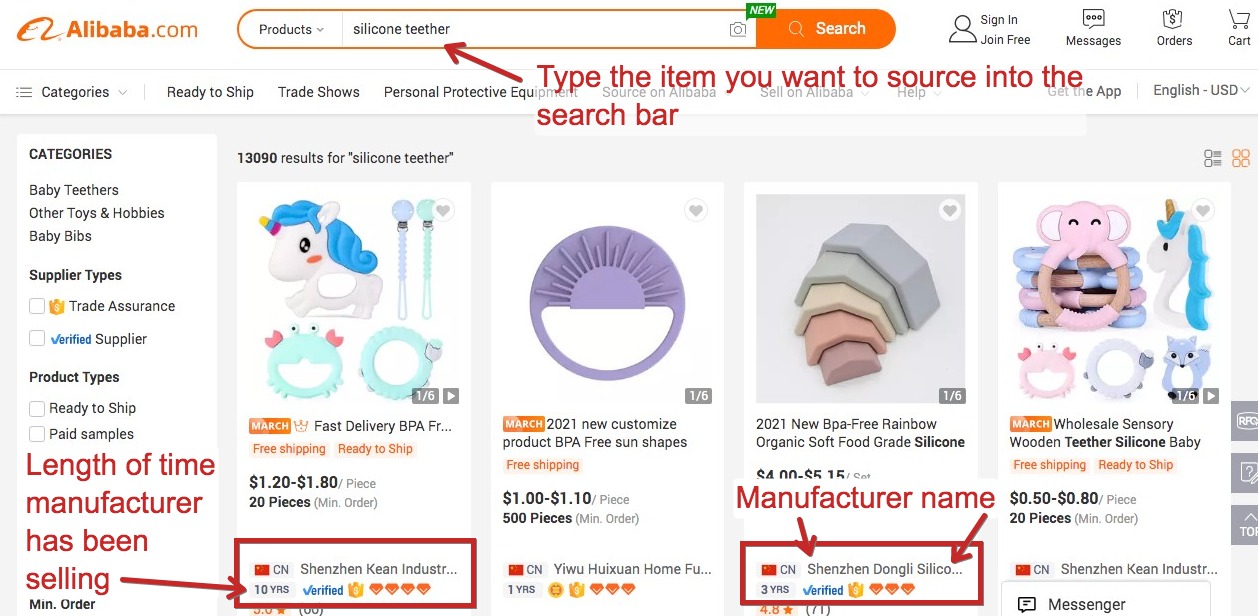
 admin
admin